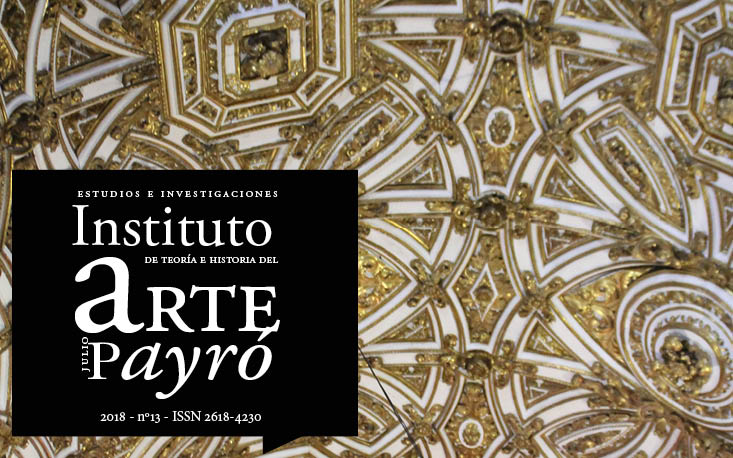Themes and Problems Regarding Mexico City Altarpieces in the Seventeenth Century
Keywords:
New Spain Alterpieces, Mexico Cathedral, Visual Model
Abstract
During the decades between the second and the last third of the seventeenth century, a profound change can be seen in New Spain altarpieces. In a dominant site such as Mexico City, capital of the Viceroyalty, numerous sculptural workshops will be consolidated to meet the demand of that time. This work focuses on the most prominent and prolific points of altarpiece production in the capital of the Viceroyalty, and their influence on its immediate geographical environment, and it will concentrate on some centers / workshops of special relevance such as the Metropolitan Cathedral or the Convent of San Agustín, which will become basic production centers throughout the seventeenth century. It is important to highlight the existence of some first works (beginning of the century) that correspond to what historiography has called “Romanists”; in the middle of the century some works were found that could be understood as “classicist” and from the seventies onwards, there was an explosion of altarpieces with the Solomonic column standing as their main distinguishing feature. This chronological sequence or “visual models” is accompanied by certain problems such as the existence of an active and important generation of assemblers, well aware of their activity, or the role of patrons and sponsors (from Fray Juan de Torquemada to Caballero Ocio) who undoubtedly played an outstanding role in the shaping of these visual models.Downloads
Download data is not yet available.
Published
2018-11-10
How to Cite
Cuesta Hernández, L. J. (2018). Themes and Problems Regarding Mexico City Altarpieces in the Seventeenth Century. Estudios E Investigaciones, 13, 77-91. Retrieved from http://revistascientificas.filo.uba.ar/index.php/payro/article/view/10487
Issue
Section
Varia







